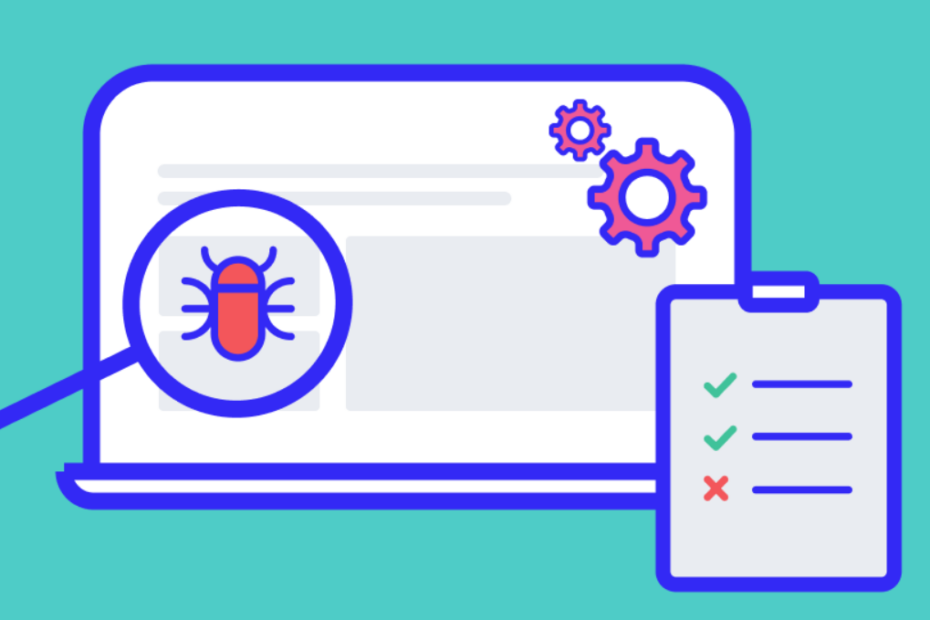Software testing types is a critical phase in the software development lifecycle. It helps ensure the quality, functionality, and performance of software before it reaches the end user. As technology evolves and becomes increasingly complex, the strategies and methodologies used in software testing have expanded to cover a vast array of testing types, each designed to address specific aspects of software quality.
Software Testing Types

1. Unit Testing
Unit testing involves testing individual components or units of a software application to ensure they work as expected. Developers typically perform these tests, isolating each part of the program and verifying its correctness, functionality, and efficiency. Unit tests are usually automated and are the first line of defense in identifying bugs at an early stage.
2. Integration Testing
Integration testing focuses on the interactions between integrated units/modules to detect interface defects. After unit testing, components are combined and tested as a group to evaluate the performance and behavior of the combined units. This testing can be done in a “big bang” approach, where all units are combined and tested at once, or incrementally, following an iterative process.
3. System Testing
System testing is a high level testing practice that evaluates the complete and fully integrated software product to ensure compliance with the specified requirements. This type of testing is conducted by a team independent from the development team and encompasses a series of tests including load testing, stress testing, and usability testing, ensuring that all integrated components function at both peak and normal conditions.
4. Acceptance Testing
Acceptance testing, or user acceptance testing (UAT), is the final phase of the testing process before the software goes live. The purpose is to evaluate the software’s readiness from the user’s perspective and to ensure it can handle required tasks in real world scenarios, according to the originally specified requirements.
5. Regression Testing
Whenever modifications such as bug fixes, enhancements, or interface changes are made to the software, regression testing is crucial. It ensures that new code changes have not adversely affected existing functionalities of the software. Regression tests can be performed manually or automated to cover the critical features of the software that could be impacted by the change.
6. Performance Testing
Performance testing is designed to test the runtime performance of software under certain conditions. It primarily focuses on robustness, speed, scalability, and resource usage of the software and includes several types of testing itself, such as load testing (how the application behaves under normal and anticipated peak load conditions) and stress testing (the limit at which the software or hardware breaks).
7. Security Testing
Security testing is critical in identifying vulnerabilities and risks in the software and ensuring that the data and resources of the system are protected against possible intrusions. This type of testing checks for security flaws and breaches, which could potentially lead to a loss of information, revenue, and reputation at the hands of hackers.
8. Usability Testing
Usability testing involves testing the user interface and user experience of the software product. It focuses on the software’s ease of use, overall user interface design, navigation, and ability to meet its objectives. This testing is subjective and usually involves groups of users providing feedback on their experience with the software.
Enozom, a leading software development company, understands the importance of ensuring the quality and reliability of its software solutions. With a dedicated team of experienced testers and quality assurance professionals,
Enozom meticulously designs test scenarios tailored to each project’s unique requirements and specifications. By adhering to best practices and principles of test scenario writing,
Enozom ensures comprehensive coverage of both positive and negative scenarios, prioritizing critical functionalities to mitigate risks early in the development cycle. Through collaborative efforts and a commitment to excellence, Enozom delivers robust and dependable software solutions that meet the highest standards of quality and reliability.
Conclusion
Each of these testing types plays a significant role in the lifecycle of software development, ensuring the delivery of a high quality product that meets or exceeds user expectations. By understanding and implementing these testing strategies effectively, organizations can mitigate risks, reduce development costs, and enhance product quality, ultimately leading to greater customer satisfaction and business success.
